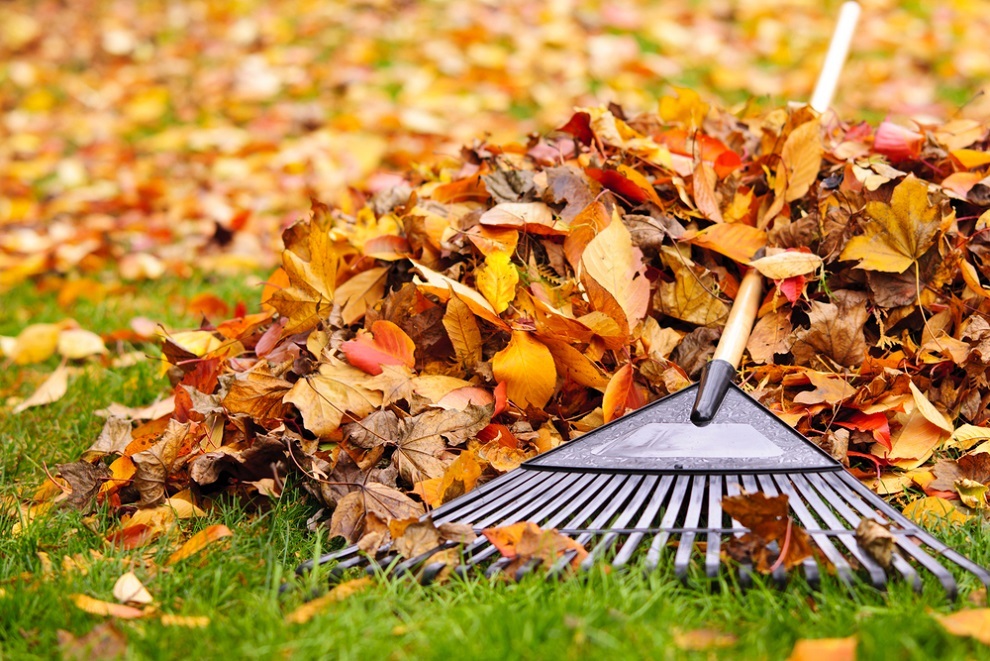 Now that summer is winding down, you might think that it’s time to cut back on the yard work. On the contrary, the fall months are actually a crucial time of year when it comes to lawn care. The things you do to take care of your lawn now can keep your lawn healthy throughout the winter and help get it ready to look amazing next year.
Now that summer is winding down, you might think that it’s time to cut back on the yard work. On the contrary, the fall months are actually a crucial time of year when it comes to lawn care. The things you do to take care of your lawn now can keep your lawn healthy throughout the winter and help get it ready to look amazing next year.
Once leaves start falling, it’s very important that they be raked up regularly. Raking isn’t always a fun chore, especially if you have a large yard full of trees, but getting rid of fallen leaves is essential to keeping your lawn healthy. Fallen leaves will prevent sunlight from getting to the grass underneath and will trap the moisture in that comes from dew and rainfall. If that moisture is left trapped underneath the leaves for too long, it can cause problems like mold and fungus growth.
If your lawn has some spots where the grass is looking a little thin or the soil has become compacted, perhaps a result of spending lots of time in the yard with your family over the summer, now is an excellent time to act. Fall weather is perfect for filling in bare spots around your lawn, whether it’s with seed or sod. Since there tends to be plenty of rainfall and more moderate temperatures, these conditions tend to encourage growth. And if your soil has become compacted, aerating your lawn will help oxygen and other nutrients reach the roots of your grass.
After aerating your lawn, you may want to have your lawn fertilized. Many lawn care experts believe that fall is actually the best time of year to have your lawn fertilized since the roots of your grass are still growing at very strongly, even if the visible grass blades are not growing as quickly anymore. By fertilizing your lawn in the middle or late fall, you’re giving it the extra nutrients it needs to survive the cold winter and come back strongly in the spring.
Don’t be too eager to put away the lawn mower or the sprinkler just yet! If grass is allowed to grow too long, it can get matted down under the weight of fallen leaves and snow, which is another thing that can lead to mold growth on your lawn. But cutting your lawn too short isn’t necessarily healthy for your lawn, either. During the fall months, you want to keep your grass about 3 inches long. Continue mowing your lawn until the first major frost of the year.
As for watering your lawn, how often you should do that depends on how much rain you’re getting. If you’re getting at least an inch of rainfall every week, you don’t need to do anything more. But if you’re dealing with an unusually warm, dry fall, your sprinklers will need to make up for the lack of rain, so keep them around until around Halloween.
When you’re out taking care of your lawn, don’t forget the other things in your yard. Trees and bushes often need to be trimmed back to prevent them from being damaged by snow and ice over the winter. Be sure to go through your garden and get rid of the annual plants that have lived their life and cut back the your perennials so they’ll be ready to grow back next year. And once it’s time to retire the lawn mower and the sprinklers for the year, don’t forget to have them winterized. Make sure you turn off the water going to your outdoor faucets, drain the remaining water from them, and put the hoses away.
